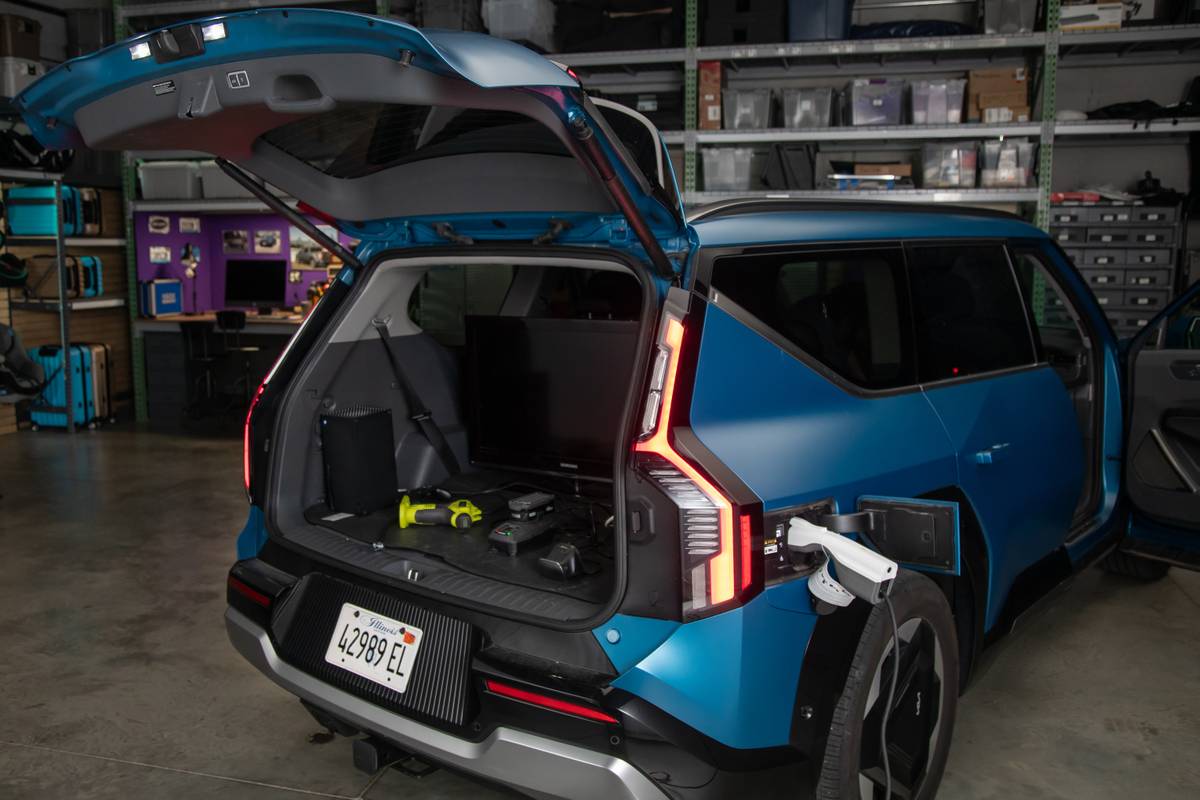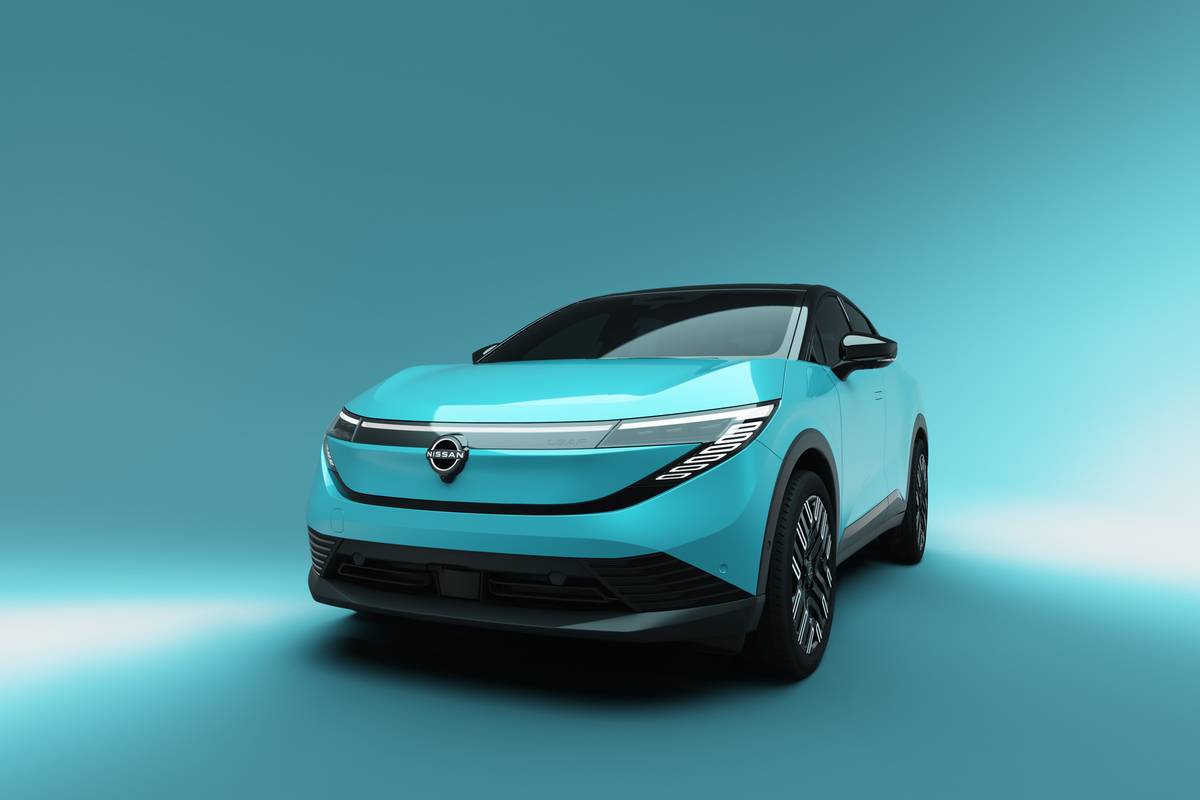chicagotribune.com's view
The Mercury Villager is a mighty fine van.
It rides and handles like a car and offers decent interior space for groceries, luggage, and even a couple of rugrats. If you need more room, you slide the third seat forward on its track. Nothing could be simpler or easier. No heavy seat to remove. The driver is protected with an inflatable bag and all passengers benefit from anti-lock brakes.
And it’s got ample cupholders. So what’s not to love?
Well, the Mercury Villager doesn’t have a passenger-side air bag; there’s no traction control, a much-appreciated asset for those who have to motor through the Snow Belt; and although the Villager rides and handles like a car, when you go to park it, the steering effort seems a tad unreasonable for a vehicle that’s user-friendly when moving on the open highway.
Fuel economy is nothing to write home about-17 miles per gallon city/23 m.p.g. highway, a generous rating by the EPA considering how quickly the needle moved away from “F.”
And the Villager certainly is pricey, tickling $24,000 for starters and requiring about $5,000 in options to doll it up.
But our biggest concern with the Villager LS we test drove is the fact that we’ve driven the 1996 Chrysler mini-vans (Cartalk, Jan. 8)-the next generation from the outfit that created the market segment-and those vessels are so superior that Villager doesn’t seem as comfortable, energetic, limber or lively as it did when competing with the aged and creaking Chryslers.
Chrysler’s mini-vans, which arrive in showrooms in April, set a new standard that the others will have to match-and we hope exceed-in their next go-round.
Villager has proven popular among women because of the softer car-like ride and handling, its slightly more petite dimensions, as compared to the Chrysler van, which some insist is too long in extended-length version, and because the sliding third seat is much easier to maneuver than a seat that has to be removed to increase cargo space.
In spending some time with the Villager, we found the seat backs a bit too stiff and the power control lever too flat along the lower seat side. We’d prefer an easier-to-reach-and-use control, such as a button or knob.
Rear window wiper/washer/defogger controls are in the instrument panel and easy to see and use. There’s also a handy computer readout of fuel economy at the moment, average fuel economy for the total trip, miles to empty and current outside temperature.
Too bad there isn’t an arrow on the fuel gauge indicating the side the fuel door is on as there is on most other Ford vehicles.
There are dual cupholders, but they slip out and down from the side of the passenger’s seat-convenient for the driver, sometimes a nuisance for the passenger. There also are cupholders for second- and third-seat passengers.
Villager boasts of seating for seven and can live u p to the claim if one of them practices his or her motoring on a trike.
The driver sits high for improved down-the-road visibility and warning of trouble ahead.
You can open the hatchlid and glass window together or separately, a convenient way to dispose of one or two light packages without having to raise the hatch.
The storage compartment under the front passenger seat is nice.
Families with kids or outdoors people who take a break from fishing or hunting can fold the second or third seat backs to convert them into lunch tables. Cupholders are in the seat backs.
While the slide-forward third seat in Villager has been one of its sales strengths, some will argue that the recently introduced Honda Odyssey mini-van has the best third-seat arrangement because it folds down into the floor to maximize cargo room. The fold-into-the-floor third seat, however, occupies the space needed for all-wheel-drive hardware.
Villager has oneo ther item of note-automatic seatbelts, the kind that wrap themselves around you when you turn on the key, then retract when you turn the ignition off. Many argue that these belts rip the glasses from your face or tear the pen out of your pocket. Occasionally they do, but they also get a belt around a person who might not take the time or make the effort to fasten it on his or her own.
We’ve picked several sets of glasses off the front carpet and had to replace dozens of pens, but still favor the automatic belt as a guarantee of added protection in the event of an impact or a panic maneuver that might send you sliding toward the passenger seat and away from the steering wheel. Minority opinion, we know.
Last comment. The Villager LS came with 15-inch tires. You probably could expect less lean and roll in the corners if 16-inch tires were available.
Our test vehicle had a base price of $23,825. It took an extra $5,445 to get such goodies as power sliding sunroof, power seats, rear seat air conditioning and compact-disc player. You can save $865 by passing on the leather seats, which tend to be cool to the touch in winter, somewhat warm in the summer.
1995 Mercury Villager LS
Wheelbase: 112.2 inches
Length: 189.9 inches
Engine: 3-liter, 151-h.p., V-6
Transmission: 4-speed automatic
EPA mileage: 17 m.p.g. city/23 m.p.g. highway
Pluses: Driver-side air bag and ABS standard. Third seat pushes forward for added cargo capacity without removal. Second and third seat tops fold down and come with cupholders to serve as picnic tables. Car-like ride and handling.
Minuses: No passenger-side air bag. Car-like ride and handling, but truck like effort when it comes to sliping into that parking space. Very pricey.
Latest news



